

MBD model quality inspection and management
- MBDVidia software - CAD model format conversion + 3D model PMI annotation checking and management + importing measurement results into 3D models + automatically generating FAI and other reports
- MBD model quality management function plugin of CAD system - real MBD model + CAD model format conversion + automatic generation of 2D drawing bubble diagram + PMI human-readable + measurement result import into MBD model + automatic generation of FAI report
- CompareVidia Software - CAD Model Data Conversion and Verification Software ++ Automatically generates customizable reports + Complies with Boeing D6-51991 standards + CAD model file version management + 3D PMI annotation management
- Pundit Software - Intelligent CMM Detection Simulation Software + Optimized Measurement Plan + Measurement Plan Uncertainty Analysis + Simulated Detection Process + Finding Defects in GD&T
CAD Modeling and Repair
CAE Simulation Analysis
Environmental Stress Excitation Testing
- HAMT High Acceleration Maturity Test System - Improve Product Quality, Enhance Operational Efficiency, Accelerate Product Market Launch
- American HANSE Special Environment Test Chamber - Highly Accelerated Life Testing and Product Reliability Testing
- Electromagnetic Vibration Test System - Conducting product failure analysis through sinusoidal vibration, random vibration, and classical impact tests.
- Impact Testing Machine - Correction of Support Structure and Analysis of Material Properties
- Drop Test Machine - Product Structure Verification and Reliability Analysis
Vibration and Displacement Strain Measurement
- EikoTwin FE-DIC 3D Full-Field Non-Contact Optical Strain Measurement System
- HoloBright Laser Doppler Multi-Point Vibration Meter - Long-Distance Laser Vibration Measurement Equipment
- PMLAB DIC-3D Pro Traditional DIC Strain Measurement System - Full-field Non-contact Strain Measurement
- SP-SWI/SP-DWI Optical Static/Dynamic Surface Profilometer - Dynamic/Static Morphology Measurement + Resonant Frequency Detection
Sound and Vibration Measurement
- Signal-Wise Comprehensive Noise Diagnosis and Analysis System - Noise Source Localization + 3D Sound Field Reconstruction
- Signal-Wise X-tractor Intelligent Signal Recognition Quality Inspection Analysis System - Product QC Testing + Designated Defect Recognition
- SoundPLAN Noise Prediction Assessment Tool - Outdoor Noise Detection and Assessment Software
- SonoCat multifunctional acoustic measurement device - on-site sound source location, detection of sound pressure & sound intensity & material surface sound absorption effect parameters.
- Norsonic Far-field Sound and Vibration Measurement System - Noise Analysis + Noise Source Identification and Localization
- Synave Near-field 3D Acoustic Holography Measurement System - 3D Sound Field Reconstruction + Noise Source Localization
- Visual Signal Sound Signal Analysis Tool - Vibration Noise Signal Visualization
- COCO80/90 Dynamic Signal Analyzer - Handheld Noise Signal Recording and Analysis Device
Biomechanical Analysis
- BOB Human Muscle and Skeletal Simulation Modeling Software - Biomechanical Analysis of Movement
- BTS Biomechanical Motion Analysis System - Human Motion Data Collection Equipment
- PRO-GRF Ground Reaction Force Professional Analysis System
- SPI-Tactilus Foot Pressure Testing System - Real-time Contact Surface Pressure Analysis
- Vehicle Seat Comfort Measurement System - CASIMIR and MEMOSIK
SPI Surface Pressure Full-Field Measurement System
- SPI-FreeForm® Real-time Contact Pressure Testing System - Automotive Door Sealing Test - 1
- SPI-FreeForm® Real-time Contact Pressure Testing System - Automotive Door Sealing Test - 2
- SPI-Tactilus® Surface Contact Pressure Analysis System
- SPI-Tactilus® Flex Bending Degree Measurement Sensor
- SPI-Tactilus® Real-time Contact Pressure Measurement System (Heat Exchange Applications)
- SPI-Tactilus® Real-time Contact Pressure Measurement System - Pressure Indicating Washer
- SPI-Tactilus® Real-time Contact Pressure Testing System - Application in Heat Dissipation Equipment
- SPI-Pressures-micro®Green contact pressure indicating pressure-sensitive paper / pressure-sensitive film
- SPI-Tactilus Free From® Real-time Contact Pressure Testing System - Appliance Door Sealing Test
Non-destructive testing
AnyBody Biomechanical Analysis Software

AnyBody Biomechanical Analysis Software simulates the kinematics of human activity and analyzes the forces exerted and exerted on the musculoskeletal system as humans interact with equipment/the environment. The results of the AnyBody analysis include the individual muscle strength or small movements, forces and momentum on the joints. AnyBody uses a complete human musculoskeletal model for biomechanical and ergonomic analysis, which can be used in applications such as rehabilitation benefit prediction, sports action analysis, and human factors product design.
Benefits:
• Widely used musculoskeletal analysis software worldwide
•Global user base in academia, orthopedics, clinical healthcare, automotive, aerospace, defense and consumer products.
• Can interface with finite element analysis software, CAD model images, motion capture systems, and human body databases
• Self-contained, mature and robust products
• Standard Windows PC will run
• Provides analysis of daily movements
• Contains an open and verified mannequin
• Anthropometric model scaling
• Patient-specific model modifications
• Built-in parameter study and optimization

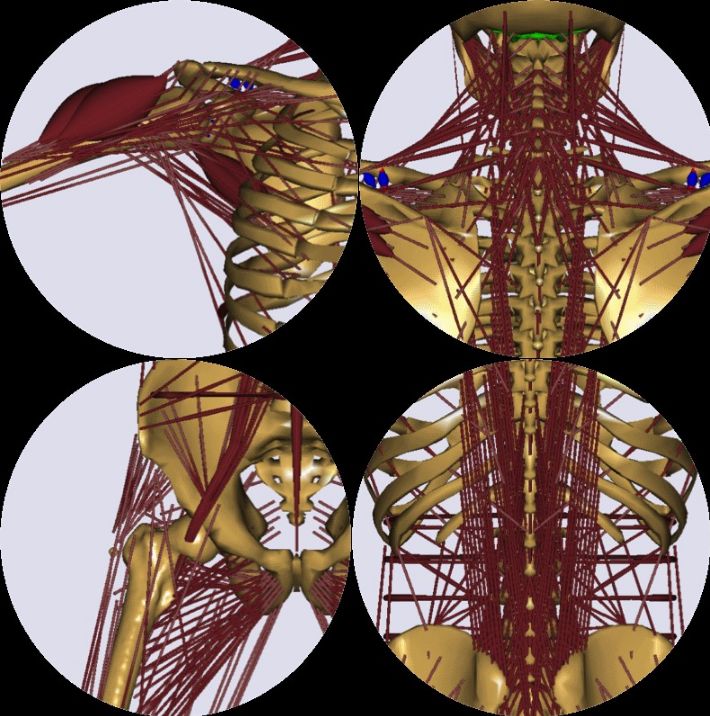
Key features:
◆ Free limb model ---- Use parameters to construct limb models, change the corresponding parameters (such as: applied load, posture, etc.), and establish limb models that meet your own simulation needs.
◆ It can be combined with the Motion Capture System ---- import the parameters of the real test environment into the software for simulation analysis. The test data is compared and corrected with the analysis value, so that the calculated data is more reliable.
◆ It can be used with finite element analysis software.
◆ After the process or analysis, the model action process can be seen, and various parameter charts can be drawn.
◆ The shape of the muscle will change with the force, and there will also be a change in color, which is convenient to understand the condition analysis of the affected muscle parts.
If ......
What if we could know how our posture affects the shoulder muscles when working with a computer? We can configure the working environment appropriately to avoid shoulder and neck fatigue.
What if the orthopedic surgeon knew the relationship between the implanted hip load and the angle of the knee? Can doctors maximize the life of implants?
What if office chair designers knew how to support their bodies with minimal muscle strength to maintain a sitting position? Office workers increase their productivity and reduce their fatigue.
What if the bicycle designer knew how the crankshaft position, crank length, and upper body posture affect the leg muscles? Can you design a bike that delays fatigue when riding uphill or headwind?
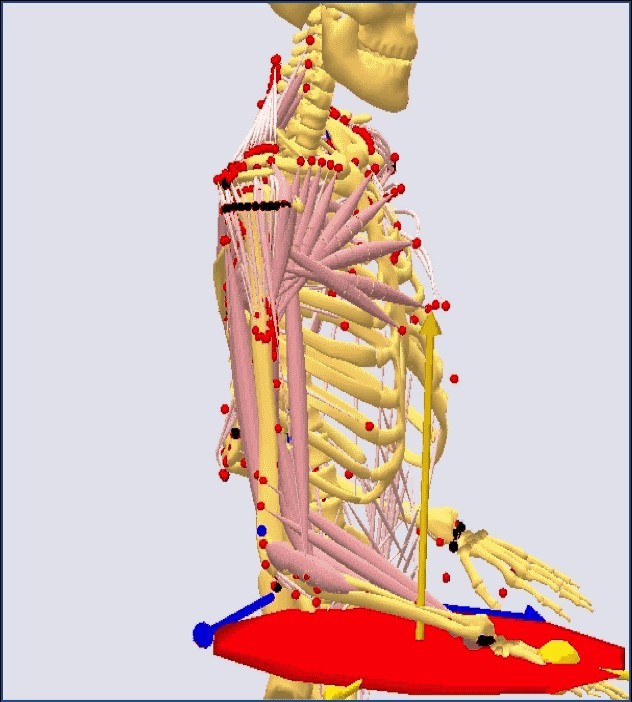
Automotive design
Driver's seat space in and out design
To assist elderly drivers in and out of the driver's seat, car manufacturers have installed handles on window frames. The designer can use AnyBody to analyze the energy consumed by the driver's handlebar position to drive in and out of the driver's seat, and further optimize the design of the handlebar position.
[Webcast] Musculoskeletal Simulation in an Automotive Environment

Medical/Rehabilitation
Gait analysis
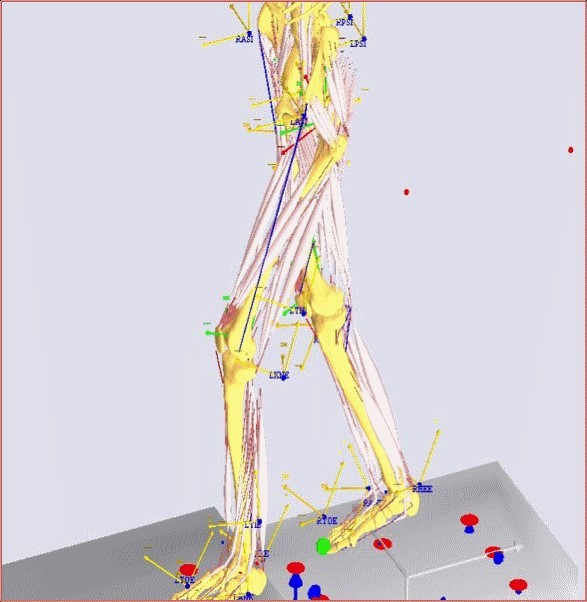
Gait analysis has become an important tool for diagnosis and treatment.
The gait laboratory is equipped with a motion tracking system to record the patient's movements and reproduce them in the AnyBody model system. The force plate records the reaction force and direction of the patient's stepping on the ground, which is used as the force applied by the ground to the soles of the feet in the AnyBody model system.
The AnyBody model system will apply force to the foot according to the ground reaction force, calculate the strength of individual muscles and joints, and further simulate the force changes of the knee joint during the gait cycle.
Artificial joint design
When the artificial joint is implanted in the human body, it cannot be arbitrarily removed or modified, so it needs to be considered for long-term use at the design time. The AnyBody model system can simulate the force of artificial joints during various activities of the human body, and work with ANSYS wired element analysis software to find the stress concentration location on the artificial joint, and then make a strengthening design.
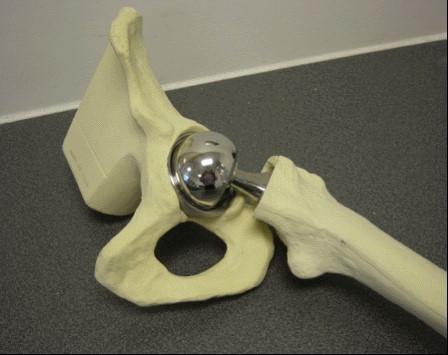
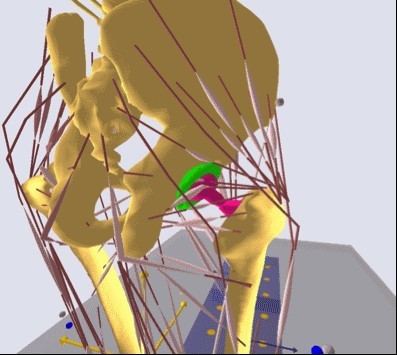
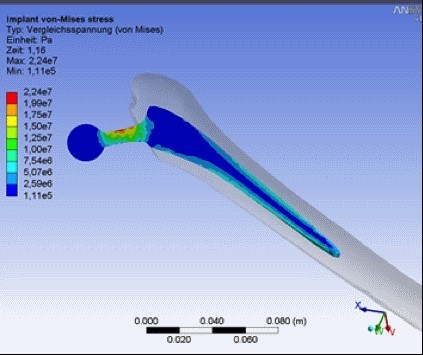
Physical therapy planning
Orthopaedic surgery often uses physiotherapy to correct abnormal or unhealthy posture of the human body, but due to the complexity of the musculoskeletal involved, it is difficult for doctors to plan the physiotherapy procedure completely according to the patient's condition. The AnyBody model system can predict treatment outcomes, correct movement movements in real time, and administer treatments correctly and quickly.
Assistive device design
Wheelchair design
Most wheelchair users experience shoulder pain caused by applied loads, and this condition will continue to get worse over the years. In the design of wheelchair parameters, is there any discussion on the influence of wheel diameter, push hand edge position, wheel axle position and camber angle on the shoulder? The AnyBody model system predicts the long-term load impact of the wheelchair on the user.
Insole design

The quality of the insole design will affect the balance of the human body's movements, and a good insole can correct the human body to achieve a healthy posture. The AnyBody model system accurately predicts the details of foot joint movement, ground reaction forces to each joint, and muscle forces.
Motion analysis
The inverse dynamic analysis method was used to derive the muscle force and joint force from the model action (action capture data import). The AnyBody model system simulates the displacement and angular parameters of key movements to find the best movement for athletes and reduce the chance of sports injuries.

Butterfly
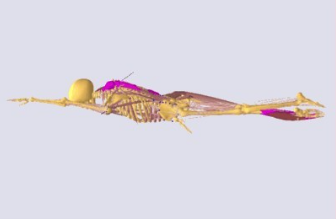
freestyle
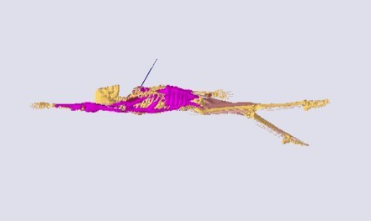
Upturned
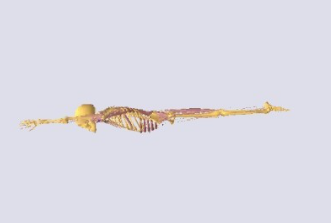
breaststroke

Baseball swing
